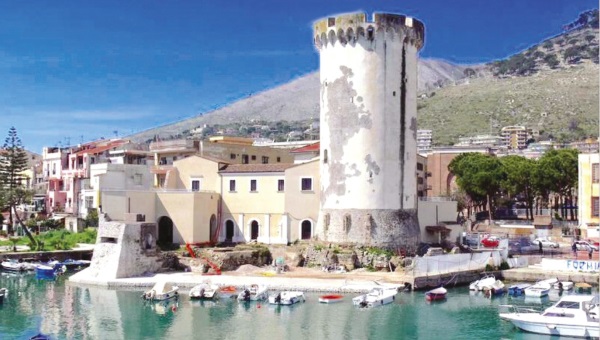The host city

* Formia
It was founded in ancient times by the Lacones and, later, in Roman times it became known as Formiae. Located right in the middle of the Gulf of Gaeta, here passed the queen Viarum, the Appian Way. Formia has origins that are lost in myth and related to the legend of Troy and the wandering of Ulysses on his way back. All the mythical tradition refers to this area as the land of the Lestrigoni, rough and primitive peoples, and to the city of these cannibal giants who landed there the ships of Ulysses and from which only he managed to save himself. Pre-Italic and Aurunca formation, as evidenced by the long and powerful border of polygonal walls, largely preserved along the coast and in the Castellone district, after the conquest of the territory by the Romans between the 5th and 4th century BC, joined the Latium adiectum. In the Roman order, Formia became civitas sine suffrage in 338 BC (or perhaps 332 BC), because the passage through its territory had always been safe. This passage was strategically important for the Romans, so much so that the city was passed by the Appian Way in 312 BC. In 188 BC, Formia received full Roman citizenship making it become a popular tourist resort in Roman times as evidenced by the numerous remains of villas, among which the most famous were those of Mamurra and Mecenate. On this stretch of the gulf Cicero built one of his favorite country houses and it was in Formia that Cicero died while trying to escape from the emperor Marco Antonio's proscriptions. The octagonal tower of the "Castle", with the fall of the Western Roman Empire, saw Formia plunder and its inhabitants, after the fall of the barbarians and the Greek-Gothic war, were forced to flee to the nearby hills, depopulating the town and then dividing it into two nuclei, which later became the suburbs of Gaeta: the Mola di Gaeta, named after the mills that were in operation, where Charles II of Angiò had erected, at the end of the 13th century, a fortress and, in the hilly area of Castellone. The name Castellone comes from the castle (Castel Leone, Castel Lyon and finally Castellone) built by Onorato I Caetani, Earl of Fondi, around the second half of the fourteenth century. The Clock Tower Gardens with rich citrus fruit have separated the two areas for centuries, as can be seen in the chorographic maps from the 16th and 18th centuries. The municipality was established in 1862, thanks to the merger of the villages Castellone and Mola of Gaeta as well as the hamlet Maranola. The city suffered heavy damage in January 1944 and in the following months, since it was located on the edge of the Gustav Line (known for the dramatic events of the destruction of Monte Cassino and the bloody battles in the mountains of Mignano Monte Lungo), much of Formia's historical and artistic heritage has gone lost; however, what remains is noteworthy.
